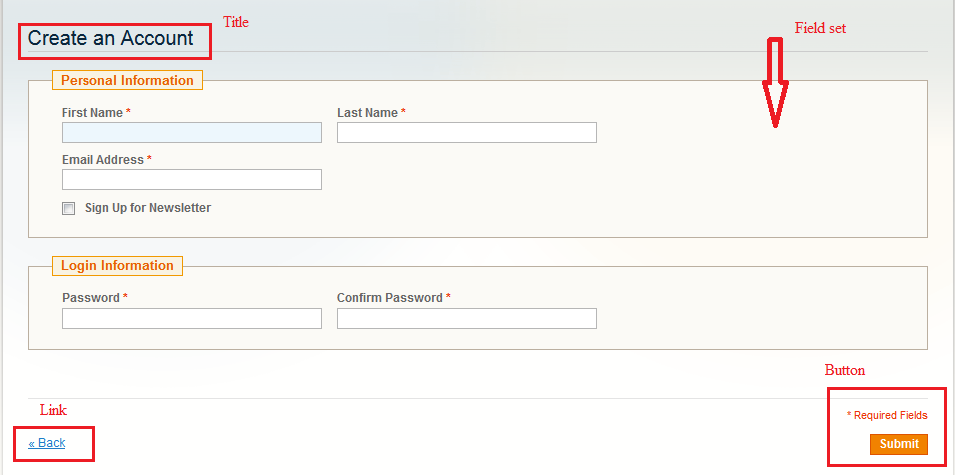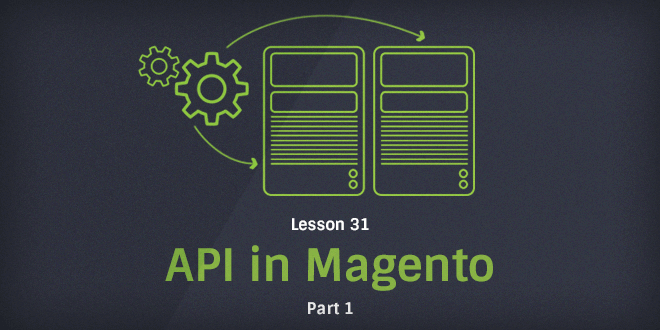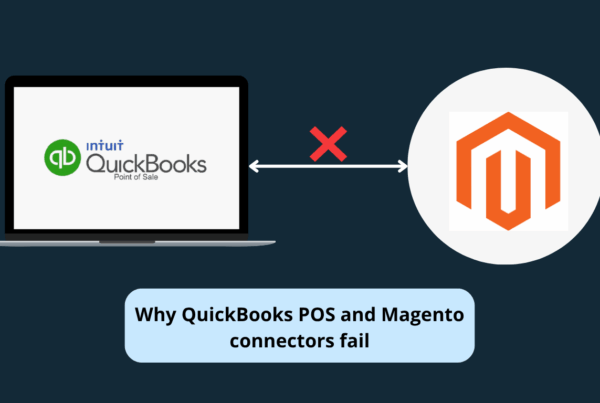Hi Magento blog readers, the Magento tutorial for beginners step by step is really necessary for real life. Let’s imagine a context where you want to build a Magento website in order to start an eCommerce store, then you get stuck at the beginning because everything is totally new to you. We must confirm that it doesn’t matter because this series is here for you. In this post, we will list all of the Magento tutorials written in this Magento tutorial for beginners series with example. We hope that it is easy for you to follow and learn.
Important Note: You can download the latest version or whatever versions of Magento you needed in this Magento download post. We keep the content up-to-date for every Magento reader.
Step by step guide in Magento tutorial series
This series is the instruction on how to build up a Magento site for both beginners and developers. There are two main parts which are Magento Tutorial Overview and Module Development:
- Magento Tutorial Overview: The first part is an introduction to Magento (installation, architecture, folder and data structure, configuration, and naming). It provides you with a basic background of Magento to prepare for the next part, so it suits the Magento beginners the most.
- Module Development: This part has 27 lessons and focuses on many essential topics in Magento. They are module, menu, grid, form, layout and template, JavaScript and CSS, email, events, and class override…

The lesson list of Magento tutorials for beginners
Magento Tutorial Overview
Lesson 1: Magento installation with sample data on localhost with XAMPP
In this first lesson of the Magento tutorial for beginners, you will go through a step-by-step guide of Magento installation on localhost with XAMPP. We also include the methods to download and set up XAMPP easily for you, as well as example images.
Lesson 2: Magento architecture
A full overview of the Magento architecture tutorial with examples is in this lesson. You will understand the architecture of a Magento module – with block, layout, and theme.
Lesson 3: Folder structure in Magento
This Magento tutorial consists of two parts. The first part is the folder structure in Magento.
Lesson 3: Database system and database in Magento
In the second part of lesson 3, you will understand the database system in Magento.
Lesson 4: Configuration and naming in Magento
This lesson of Magento tutorial for beginners also divides into 2 parts. You must read this lesson carefully to understand the configuration and naming in Magento.
Module Development
Lesson 5.1: Create a Magento module
Lesson 5.2: Create an installer script & upgrade Magento modules
The first core part of Module Development in Magento Tutorial will help you know how to create and upgrade Magento modules.
Lesson 6.1: Create a menu in backend
Lesson 6.2: Create a controller in backend
This lesson is about how to create a menu in the backend. There are also 2 parts, with part 2 is about Creating Controller action in the backend.
Lesson 7: Create a Magento grid page in backend
Learn how to create a Magento grid page in the backend in this lesson.
Lesson 8: Advanced Magento grid
The advanced Magento grid in this tutorial will guide you through 3 main parts.
Lesson 9: Magento form in backend
Lesson 10: Advanced Magento form in Magento
In lessons 9 and 10, through these step-by-step tutorials, you will understand Magento Form – one of the main parts of Module Development for Magento.
Lesson 11: Magento configuration
Some examples of Magento configuration are in this lesson.
Lesson 12: Magento layouts and templates on frontend
Let’s explore Magento layouts and templates on the frontend in a 3-hour tour and experience:
1. Create a simple Magento template on frontend
2. How to configure Magento template packages
3. Work with the layout file of Magento
Lesson 13: Grid on Magento frontend
There are 4 main parts in this lesson of the grid on the Magento frontend. You will learn how to create a Magento grid, write a grid template, and grid pagination.
Lesson 14: Magento form on frontend
In two parts of this lesson, we are going to bring you knowledge of Magento form on the frontend, which is very common in Magento usage.
Lesson 15: Magento CSS and Javascript files on frontend
After a walk through a series of 3 lessons to understand the layouts and templates, form, grid, you will follow 2 parts of the CSS and Javascript files on the frontend. Now you have an overview of both frontend and backend in Magento.
Lesson 16: Magento email templates
Let’s move on to a new field: Magento email templates. You already know email plays a very important role in modern website systems. However, you probably know much less about email in Magento.
Event is an important part of the marketing aspect of an eCommerce website. Learn about Magento events in this lesson.
Lesson 18: Overriding core files in Magento
In this lesson, we will learn how to override core files in Magento. In reality, when developing a project, we rarely use a framework without changing it. However, these changes are not recommended because of their effect on the whole project.
Lesson 19: Entity attribute value in Magento
Now, to keep on with our Magento tutorial series, we will discover Entity Attribute Value (EAV) in Magento in 2 parts.
Lesson 20: Magento product types
Our Magento tutorial will examine a new issue: Magento Product Types and how to add a custom product type.

Lesson 21: Magento custom attributes
In this lesson, we will learn about Custom Magento attributes. It lasts for two hours and is divided into two parts.
Lesson 22: Magento custom entity/address
You will learn these sections in this lesson.
- How to add an attribute to customer
- How to show attribute in Edit Customer form in backend
- Types of customer address (Address type – address book)
- How to add a new tab to Edit Customer form in Backend
Lesson 23: Checkout totals – Collect, place, and view quote/order
Learn about Collect, place, and view quote/order in the first lesson of Checkout totals with these sections:
1. Definition of the custom total.
2. Declaring a custom total to change (adjust) a grand total of orders when checkout.
3. Creating a model to collect and fetch data for a custom total.
4. Creating block to show custom total on order view page (checkout page, view order in the backend, new order email).
Lesson 24: Checkout totals – Invoice and refund
The second lesson of Checkout totals is invoice and refund. Now we will examine how to create invoices and refunds for orders as well as practice adding a custom total to the invoice and credit memo.
Learn How to configure the shipping method in this lesson.
Lesson 26: Magento payment method
As you all know, one of the most important issues in eCommerce is the payment method. Fortunately, Magento developed a full payment system, which ensures that your customers feel comfortable when shopping on your site. Learn about Magento Payment Method in this lesson.
Lesson 27: Magento PayPal setup
You will learn how to configure the PayPal setup of Magento in this lesson.
As you all know, Magento uses a special filter called rule conditions to choose products or orders for promotions. In this lesson of Magento tutorial for beginners, we will examine types of rule conditions and how to create a module to use these rule conditions.
This lesson will give you all knowledge of Magento indexer.
Lesson 30: URL rewrite in Magento
The URL rewrite management tool allows you to change any URL that is associated with a product, category, or CMS page. When the redirect goes into effect, any existing links that point to the previous URL are automatically redirected to the new address. In this lesson, you will understand URL rewrite in Magento.
Here comes the final lesson of the Magento tutorial for beginners step by step. The Magento API provides you with the ability to manage your eCommerce stores by providing calls for working with resources such as customers, categories, products, and sales orders. It also allows you to manage shopping carts and inventory.

References
In addition to this series, over a year ago, we made another Magento Tutorial series named “How to pass Magento Certification Exam in 30 days”. To understand the step-by-step guide of the Magento Certificate Guide, take this for free. You can also find a list of lessons in our Magento Tutorial blog post.
If you read the entire 31 tutorials then congratulations! We’re sure that you could basically create your own Magento website with primary features. Using Magento website builder is a good solution as well, but we won’t mention that topic in this post. If you intend to learn more, the Magento website building process still has lots of advanced knowledge for you to discover. If you are looking for more advanced guideline, read this article about Magento 2 Multi Source Inventory.

DON’T MISS: The in-depth, thorough, and up-to-date guide about Omnichannel from Magestore. Click here to “unlock” the secret of online to offline retail success
Conclusion
Hope these resources of Magento tutorial for beginners step by step would help you raise the confidence to get started. Happy building and selling!
















